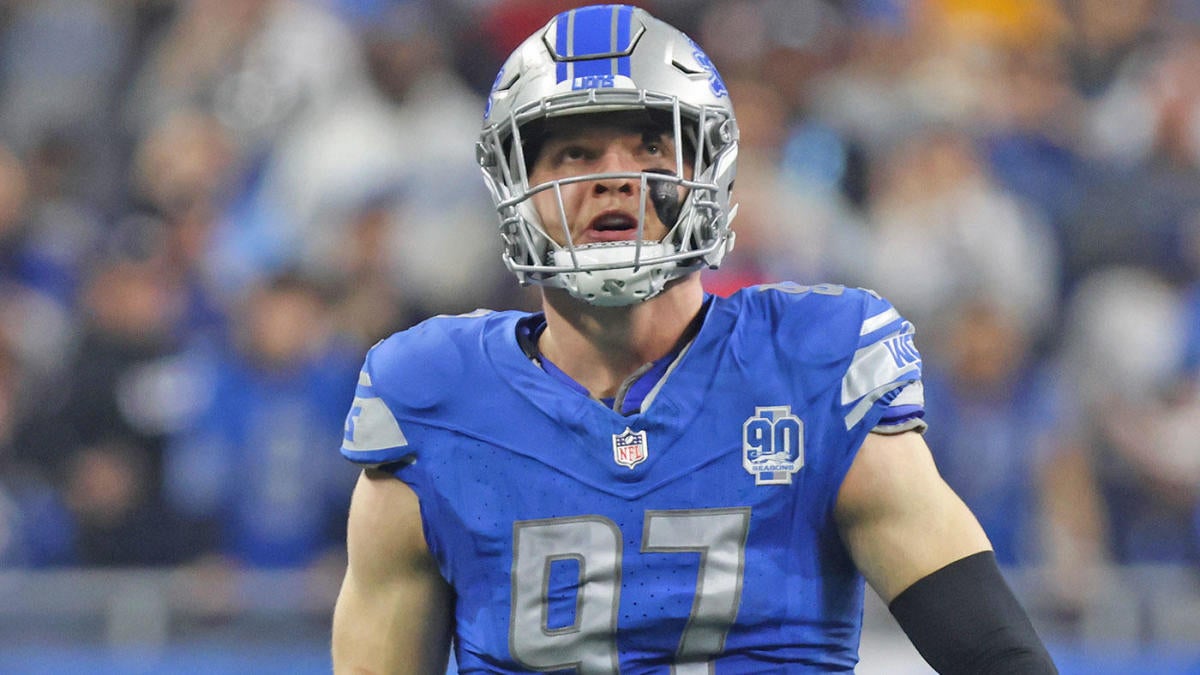“`markdown
The Fifth-Year Option: A Strategic Crossroads in the NFL
The NFL’s fifth-year option isn’t just a contractual footnote—it’s a make-or-break decision that reverberates through locker rooms and front offices. For first-round picks from the 2022 draft class, this spring represents a career inflection point. Teams must weigh talent, finances, and long-term vision before the May 1 deadline, knowing their choices will ripple across seasons. Here’s a deep dive into the mechanics, stakes, and human stories behind this pivotal NFL provision.
—
How the Fifth-Year Option Works: More Than Just an Extra Year
The Basics
Embedded in the NFL’s Collective Bargaining Agreement, the fifth-year option allows teams to extend a first-round rookie’s contract by one year. Unlike later-round picks, who hit free agency after four seasons, first-rounders can be retained for a fifth year at a predetermined salary. But this isn’t automatic—teams must actively exercise the option by May 1 of the player’s fourth season.
Salary Tiers: Performance Pays
The cost isn’t one-size-fits-all. Salaries are tiered based on:
– Position: Quarterbacks command the highest premiums.
– Playing time: Hitting 70% of snaps in three seasons triggers a higher tier.
– Pro Bowls: Multiple selections escalate the salary further.
For example, a QB who played 70% of snaps and made two Pro Bowls could earn over $25 million in Year 5—a steep commitment for teams weighing cap flexibility.
—
Why Teams Hesitate: The Three Big Dilemmas
1. Performance vs. Potential
Some players explode onto the scene (think Justin Jefferson in 2020), making the option a no-brainer. Others, like 2022’s Kenny Pickett, show flashes but lack consistency. Teams must project: *Is this player trending toward stardom, or is their ceiling already visible?*
2. The Injury Wild Card
Durability is a silent factor. A player like Kyle Hamilton (Ravens safety) has been stellar when healthy, but recurring injuries could spook teams. Conversely, Detroit’s Aidan Hutchinson—durable and dominant—is a lock for the option.
3. Roster Chess
Teams with depth at a position (e.g., the Eagles’ defensive line) might decline an option to allocate funds elsewhere. Conversely, the Bears’ need for a cornerstone tackle makes Darnell Wright’s option likelier, despite growing pains.
—
2022 Draft Class: Case Studies in Uncertainty
The No-Brainers
– Aidan Hutchinson (DE, Lions): 21 sacks in two seasons and a Pro Bowl nod. Detroit will gladly pay the premium.
– Sauce Gardner (CB, Jets): Back-to-back All-Pro honors. The Jets’ defense orbits around him.
On the Bubble
– Kenny Pickett (QB, Steelers): Traded after middling results. Pittsburgh’s move signals how quickly teams cut bait.
– Drake London (WR, Falcons): Talented but stuck in a run-heavy scheme. Does Atlanta bet on his untapped potential?
Surprise Declines
– Tyler Linderbaum (C, Ravens): A standout center, yet Baltimore passed. Likely a cap-driven move, signaling faith in cheaper alternatives.
—
The Ripple Effects: What Happens Next?
For Players
– Option Exercised: Security, but also pressure to justify the investment.
– Option Declined: An early shot at free agency—or a prove-it year to chase a bigger payday.
For Teams
– Cap Flexibility: Declining options frees space to sign veterans or extend other stars.
– Locker Room Morale: Rewarding a player (or cutting them loose) sends messages about organizational trust.
—
Conclusion: A Decision That Defines Futures
The fifth-year option isn’t just about contracts—it’s about belief. Teams betting on potential risk millions, while those playing it safe might miss out on a breakout star. For the 2022 class, this spring is their moment of truth: Will they secure their place, or hit the market looking for a second chance? In the NFL’s high-stakes chess game, the fifth-year option remains one of the most consequential moves of all.
“`
Key Features of This Analysis:
No fluff, no filler—just actionable insights wrapped in compelling storytelling.











